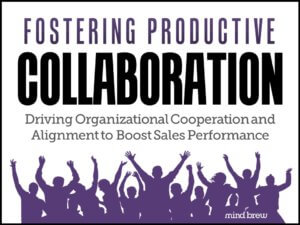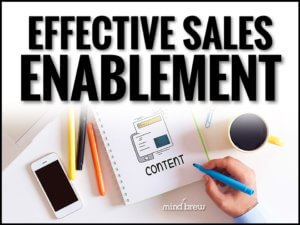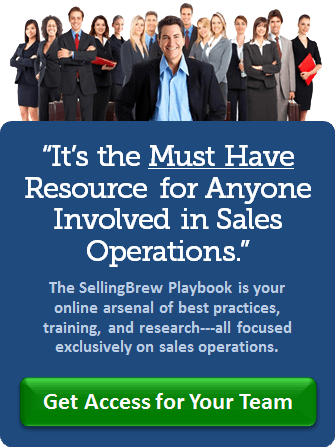Is there anything worse for a sales operation than missing a quarterly goal? Well…try missing a quarterly goal after forecasting all along that you’d crush it.
I think we’d all agree that’s way worse. After all, you’ve not only missed the goal, you’ve also managed to damage your credibility in the process.
For many sales operations, their forecasts and pipeline estimates have proven to be so inaccurate that they’ve resorted to relying on broad rules of thumb like “the 3X pipeline rule” instead.
But while this type of front-end inflation may indeed provide some degree of backside insurance, the approach is still prone to failure and hardly ideal for optimizing your sales operation.
There is, however, a better way…
How to Improve Your Sales Pipeline Analysis
Recognizing that not all opportunities are created equal — which inevitably leads to variable outcomes — some leading sales operations teams are taking steps to “segment” their pipelines by certain deal characteristics. Then, when creating their forecasts, they’re assigning probabilities based on those more granular segments.
In other words, instead of applying overall averages with respect to likely conversion rates, cycle times, and so on, they’re using expected performance metrics that are much more specific to the types of opportunities represented.
For example, looking at historical performance, you might determine that your sales opportunities have very different win rates and cycle times depending on the type of product involved. Kind of a no-brainer, right?
Further analysis of historical performance might also reveal that win rates and cycle times differ dramatically depending on whether you’re dealing with a new customer or an existing customer. Here again, it’s pretty intuitive.
But by using just these two variables — product type and customer type — you now have the basis for looking at your pipeline in a more granular way.

You can use historical performance in each segment or category to establish an expectation or benchmark for opportunities that meet the criteria. Then, you can segment or categorize the opportunities in your pipeline, apply those more specific performance expectations, and generate more accurate forecasts as a result.
And as the mix of opportunities in your pipeline changes over time—as it most certainly will—your categorizations will ensure that your expected outcomes change accordingly.
As you can see, this approach is not terribly sophisticated or complex. Nor is it anywhere close to being as reliable or accurate as what’s possible through more specialized technological solutions.
But in the absence of those types of solutions, this is something within your reach. It’s an approach you can leverage with little more than historical performance data and some thoughtful study.
And, it’s a big improvement over rules of thumb 🙂












